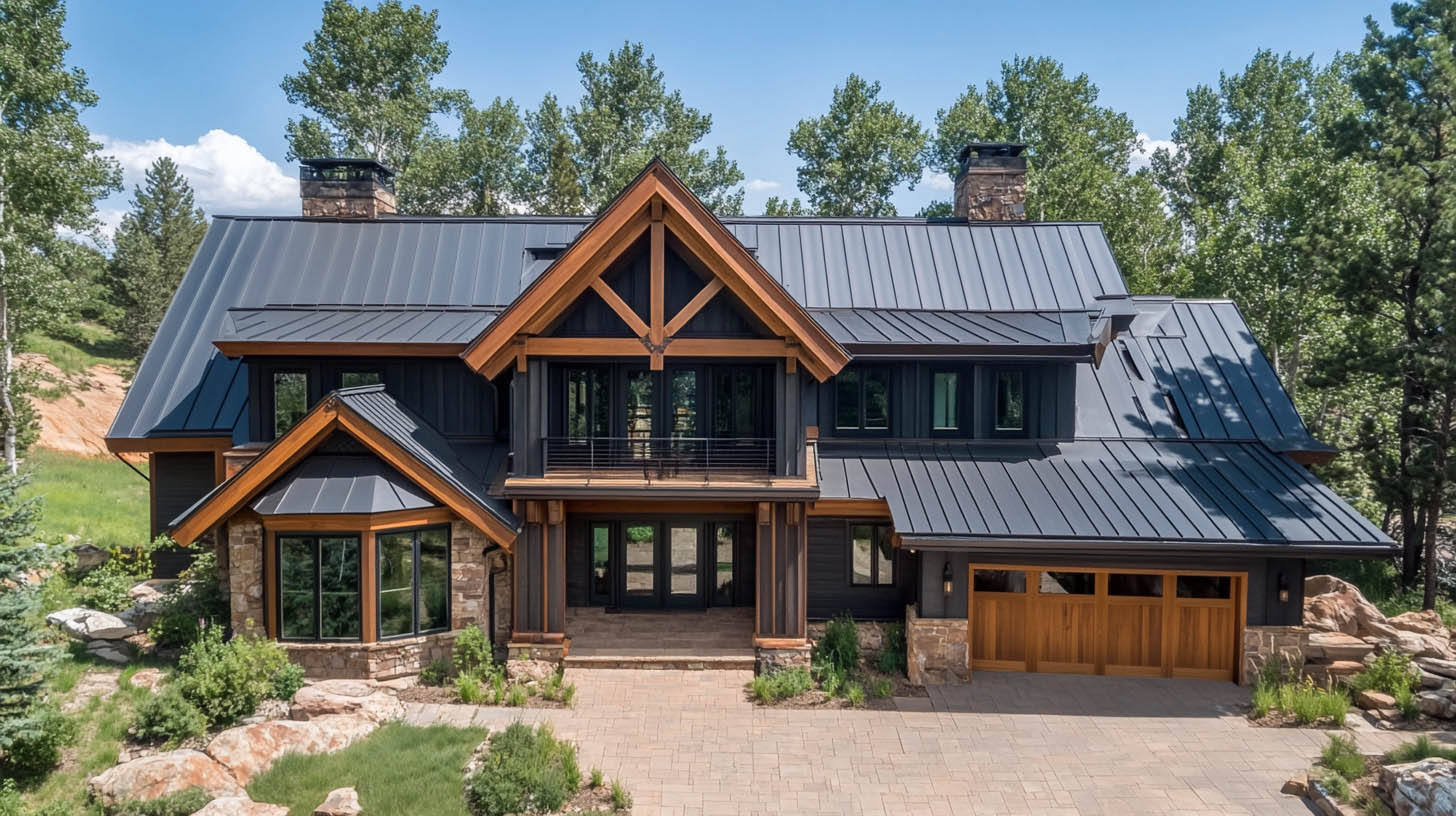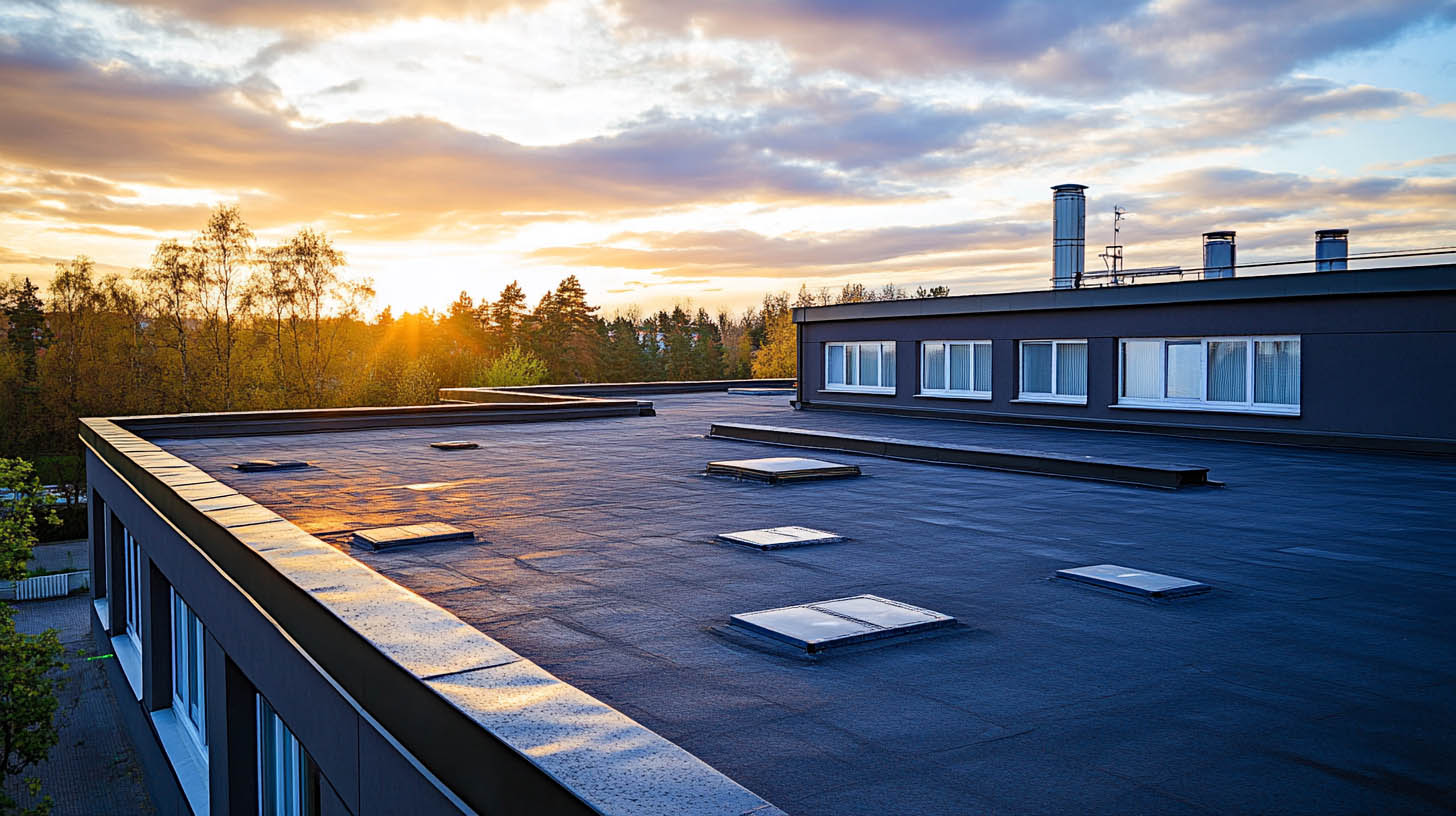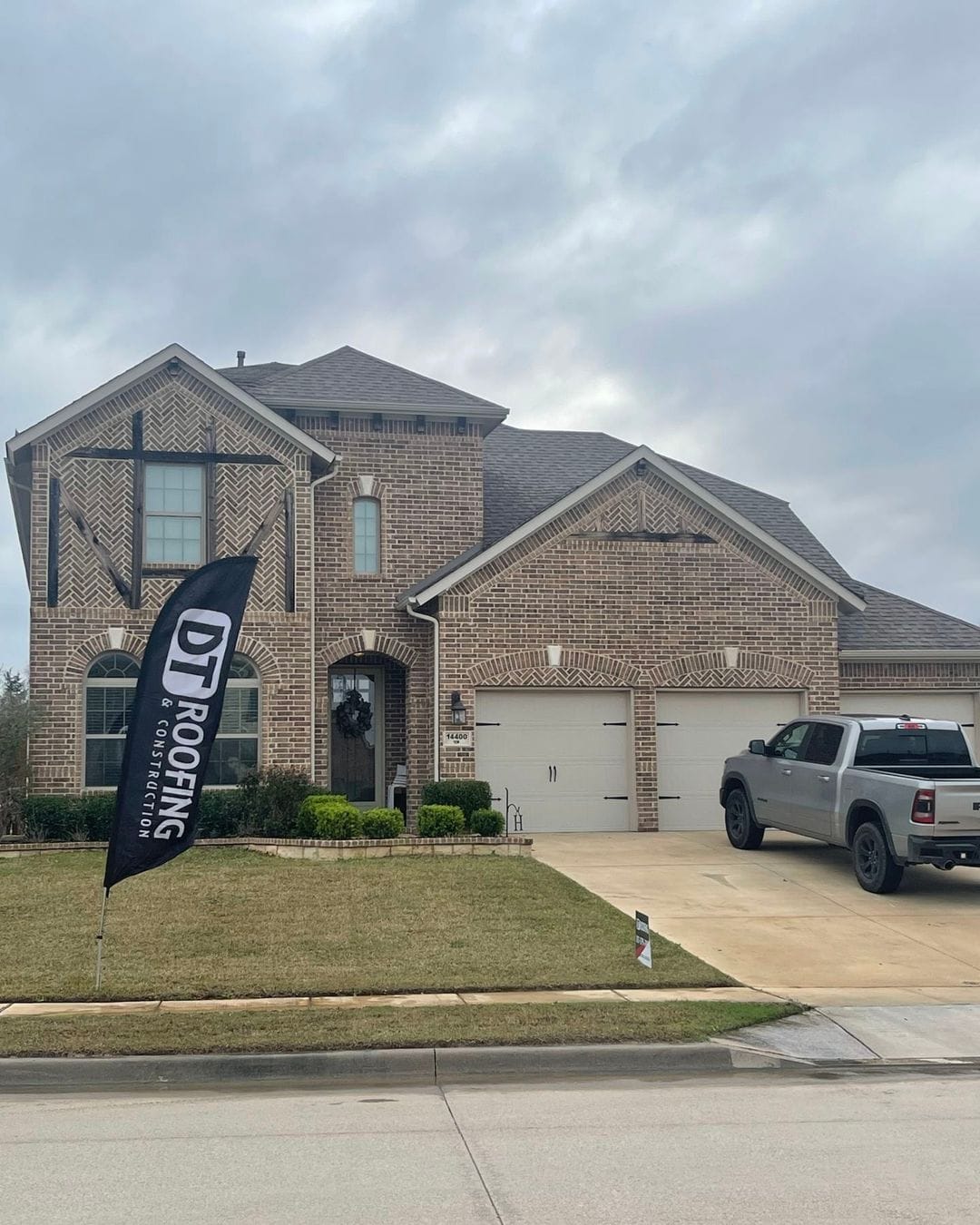
What to Do About Pooling Water on Flat Roofs
Flat roofs are a popular choice for commercial buildings and modern residential designs. But unlike pitched roofs that easily shed water, flat roofs can develop a problem known as ponding or pooling—standing water that lingers for more than 48 hours after rainfall. In Granbury, TX, where sudden downpours and hot, humid weather are common, ponding water on a flat roof can lead to serious issues if not addressed promptly.
At DT Roofing, we’ve helped countless property owners manage and correct pooling problems before they turn into costly damage. Here’s everything you need to know about identifying, preventing, and fixing standing water on your flat roof.
Why Pooling Water Is a Serious Concern
Pooling water is more than just an eyesore. Over time, stagnant water can:
- Accelerate membrane deterioration
- Weaken roofing materials and adhesives
- Promote the growth of mold, mildew, and algae
- Lead to leaks and structural damage
- Void manufacturer warranties
- Add excessive weight load on the roof
If ignored, ponding can cut years off your roof’s lifespan and lead to expensive repairs—especially when moisture starts to seep into insulation, ceilings, or the building’s interior.
Common Causes of Pooling Water
Understanding the cause is the first step to fixing the problem. Some of the most frequent contributors to standing water on flat roofs include:
Poor Drainage Design
Flat roofs should be designed with a slight slope (at least ¼ inch per foot) to encourage water flow toward internal drains, scuppers, or gutters. If your roof was improperly installed or designed without this pitch, water will naturally accumulate.
Clogged Drains or Gutters
Even the best drainage system won’t work if it’s blocked. Leaves, dirt, and debris can prevent water from exiting the roof, causing it to pool in the lowest spots.
Sagging or Low Areas
Over time, the weight of water, HVAC units, or structural settling can cause areas of your flat roof to sag. These depressions become water traps.
Deteriorated Roofing Materials
Cracked membranes or weakened seams can disrupt the roof’s ability to shed water effectively. Water can collect in surface-level cracks or form beneath blistered or bubbled areas.
How to Identify Pooling Water Early
Not every sign of ponding is visible from the ground. To detect issues early:
- Inspect your roof after heavy rain
- Look for dark stains, ripples, or bubbles in the roofing membrane
- Check for water lines or algae growth, which indicate recurring moisture
- Walk the roof (if safe), or hire a professional for a drone inspection or infrared scan
Routine inspections can catch minor issues before they evolve into major leaks or structural failures.
Solutions for Pooling Water on Flat Roofs
1. Clear Debris and Clean Drains
Start with the basics. Clean out all gutters, downspouts, and scuppers. Remove branches, leaves, and other debris that could be blocking drainage.
This is a simple but powerful first step—and often the most overlooked.
2. Install or Upgrade Tapered Insulation
Tapered insulation systems can create the necessary slope for proper drainage on flat roofs. These systems are custom-designed to redirect water flow toward drains without requiring a full roof tear-off.
This is a great solution for older flat roofs that were built without proper pitch.
3. Add More Drainage
If your roof lacks adequate drainage, adding more outlets can help. Roof scuppers, additional internal drains, or even siphonic drainage systems can move water off the roof faster and prevent it from settling.
An experienced roofer can assess your existing system and determine what’s missing.
4. Repair or Replace Damaged Membranes
Damaged roofing materials may need to be patched, sealed, or replaced entirely. Our team uses high-performance products from brands like Owens Corning that resist water absorption, UV breakdown, and blistering.
In severe cases, re-roofing with a new membrane or switching to a more ponding-resistant material—like PVC or TPO—may be the best option.
5. Consider a Roof Coating
Elastomeric or silicone roof coatings can provide an added layer of protection and help minimize the impact of standing water. These coatings are especially effective at sealing micro-cracks and preventing leaks in pond-prone areas.
However, coatings should be applied only after correcting underlying drainage issues—they’re not a permanent fix on their own.
Long-Term Prevention Tips
- Inspect your roof every spring and fall, or after major storms
- Trim back trees that drop debris onto your roof
- Avoid placing heavy equipment in the middle of the roof
- Hire a professional for annual flat roof maintenance
Preventative care not only prevents pooling but also helps preserve your warranty coverage and property value.
Partner with Flat Roofing Experts in Granbury, TX
Flat roofs require specialized attention—especially in Texas weather. At DT Roofing, we bring years of experience and high-performance materials to every project, ensuring your flat roof is properly sloped, drained, and protected from pooling hazards.
Whether you own a commercial building or a modern home with a flat roof, we’re here to help you eliminate water retention issues and maximize your roof’s lifespan.
Read also our blog: Advantages of Installing a Metal Roof










